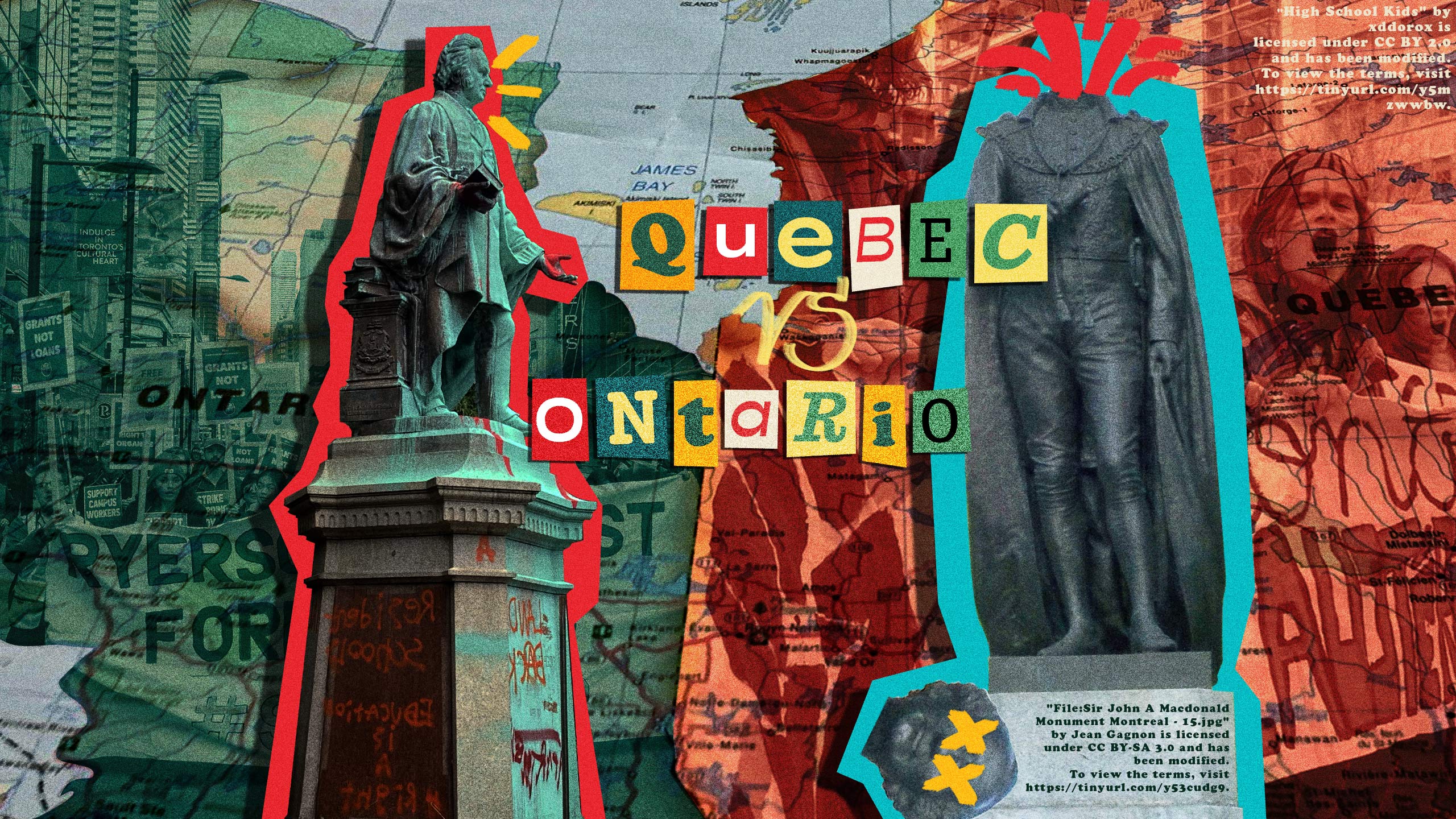
"Descendre dans les rues! Take to the Streets!" Quebec's lessons for exceptional student protests
Quebecois culture has something to teach us about what it takes to make the change we need happen
By Kiernan Green
Illustration by Jes Mason
Illustration by Jes Mason

"Descendre dans les rues! Take to the Streets!" Quebec's lessons for exceptional student protests
Quebecois culture has something to teach us about what it takes to make the change we need happen
By Kiernan Green
Illustration by Jes Mason
Illustration by Jes Mason